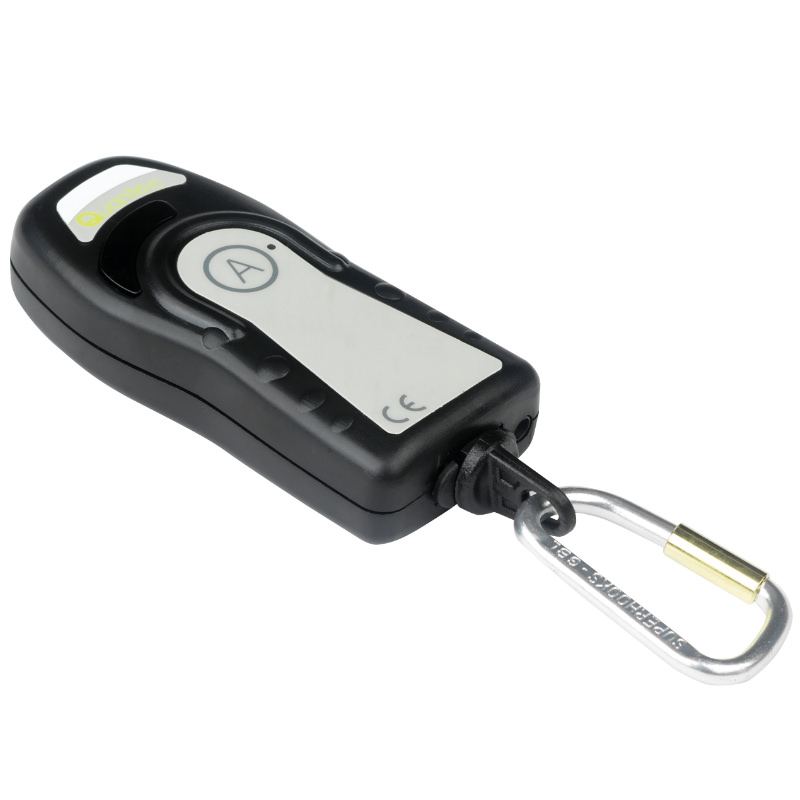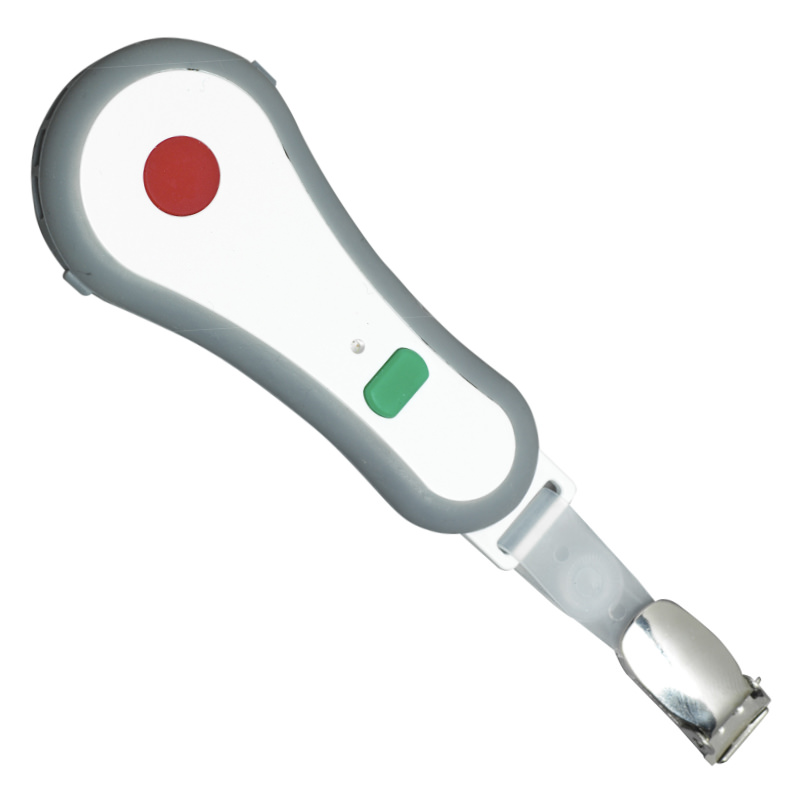


This course will raise awareness of how people may behave in a range of emergency evacuation situations and the necessary actions to be taken before, during and after an incident. ‘Prevention is better than cure’ and this message is reinforced during training. While training is essentially generic, the training can be adapted to suit specific site requirements
Aim
To provide appointed Fire Marshall/Fire Wardens with the knowledge to enable them to carry out their duties in a confident and competent manner.
Objectives
To provide fire safety training in the following areas:
- Understand the fire precautions that are built into the workplace.
- Recognise the hazards and the threat posed by fire to people, property and jobs.
- Recognise the importance of continuous monitoring of fire safety standards and the need to keep records.
- Understand the need for and the frequency of testing all fire safety provisions.
- Demonstrate the correct selection and use of portable fire fighting equipment.
- Confidently ensure the complete and satisfactory evacuation of all persons in the building in the event of an emergency.
Course Content
- Legislation affecting the place of work
- Fire Risk Assessment
- The duties of a Fire Marshall/Fire Warden
- Common causes of fire
- How fire spreads
- The problem of arson
- The action to take on seeing a fire
- How to raise the alarm
- Correct procedures for evacuating a building including assembly points
- Meeting the fire brigade on arrival and information require
- How to select and use portable fire fighting equipment
- Human behaviour in fire
- The importance of record keeping
Who should attend?
Persons nominated with responsibility for carrying out regular inspections of the fire safety provisions within the building and who are responsible for ensuring satisfactory evacuation of the premises in the event of fire.
How many Fire Marshalls/Fire Wardens do I need to nominate?
This depends upon the findings from your fire risk assessment.
The main duty of the Fire Marshall/Fire Warden is to search the area for which they are responsible to ensure everyone has evacuated* (then safely evacuate themselves). Sufficient wardens must be provided to enable total evacuation within 2.5 minutes of hearing an alarm/discovering a fire. (* without putting themselves at risk.)
General rules in deciding numbers are:
- Everyone must reach a place of safety within 2.5 minutes.
- Minimum of one (ideally two) per floor/department.
- If the floor is large or complex then responsibility should be split with one or more extra FireMarshals/Fire Wardens.
- In the case of multi-building sites, a minimum of one Fire Marshall/FireWarden should be provided per building.
- If the site is in a densely occupied area, sufficient wardens should be provided to make the responsibility reasonable and safe.
You also need to consider:
Type of occupants
If the building has the following categories of occupants, this should be borne in mind in deciding on the number of Fire Marshalls/Fire Wardens:
- Members of the public
- The elderly
- Disabled people
Fire risk
A building with high fire risks and/or poor fire precautions will need a proportionately higher number of Fire Marshalls/Fire Wardens. Good fire risk management is required in these cases.
Duration
Up to 3 hours.
Would you like us to contact you? Click here.
KeyCall® is a revolutionary patent-pending Key Operated Fire Alarm Activation Device which has been developed specifically for ‘approved’ applications where standard fire alarm call points would be vulnerable to abuse. Developed by Fixfire® in response to growing demand from the Mental Health Care sector, KeyCall® is a revolutionary one-piece analogue addressable key operated manual call point.
Compatible with a wide range of Conventional and Addressable Fire Alarm Systems.
KeyCall® accepts a Euro-Profile style cylinder
Typically suited/keyed-alike cylinders are fitted so that authorised persons can activate KeyCall® using their standard door key.
Key ‘Click-latch’ mechanism ensures key ‘latches’ in correct position to activate Fire Alarm System.
Anti-ligature low-profile flush-mounting design.
Neat minimalistic one piece construction incorporating Fire Alarm interface module.
Red fire indicator illuminates when KeyCall® is activated.
Compatible with a wide range of Conventional and Addressable Fire Alarm Systems
Applications include:
- Prisons
- Mental Healthcare
- Special Educational Needs (SEN) School

Fire & Safety Signs
British Standard Design requirements...
- Install AFD to voids greater than 800mm
- Treat downward projections exceeding 10% of the void depth as wall
BS5839-Part 1:2013 states:
22.2d) If the system Category is such that automatic fire detection should be provided in any area that contains a horizontal void of 800 mm or more in height, automatic fire detection should also be provided in the void.
22.3j) Ceiling obstructions, such as structural beams, deeper than 10% of the overall ceiling height should be treated as walls [see Figure 10a)]. NOTE 10 Within horizontal voids, beams or obstructions that are deeper than 10% of the overall depth of the void regardless of whether the void is above the ceiling or below the floor, ought to be treated as walls that subdivide the void.

VoidAlert Remote Indicator

Related Downloads

Click a sector to find out more
This course will raise awareness of how people may behave in a range of emergency evacuation situations and the necessary actions to be taken before, during and after an incident. ‘Prevention is better than cure’ and this message is reinforced during training. While training is essentially generic, the training can be adapted to suit specific site requirements
Aim
To provide appointed Fire Marshall/Fire Wardens with the knowledge to enable them to carry out their duties in a confident and competent manner.
Objectives
To provide fire safety training in the following areas:
- Understand the fire precautions that are built into the workplace.
- Recognise the hazards and the threat posed by fire to people, property and jobs.
- Recognise the importance of continuous monitoring of fire safety standards and the need to keep records.
- Understand the need for and the frequency of testing all fire safety provisions.
- Demonstrate the correct selection and use of portable fire fighting equipment.
- Confidently ensure the complete and satisfactory evacuation of all persons in the building in the event of an emergency.
Course Content
- Legislation affecting the place of work
- Fire Risk Assessment
- The duties of a Fire Marshall/Fire Warden
- Common causes of fire
- How fire spreads
- The problem of arson
- The action to take on seeing a fire
- How to raise the alarm
- Correct procedures for evacuating a building including assembly points
- Meeting the fire brigade on arrival and information require
- How to select and use portable fire fighting equipment
- Human behaviour in fire
- The importance of record keeping
Who should attend?
Persons nominated with responsibility for carrying out regular inspections of the fire safety provisions within the building and who are responsible for ensuring satisfactory evacuation of the premises in the event of fire.
How many Fire Marshalls/Fire Wardens do I need to nominate?
This depends upon the findings from your fire risk assessment.
The main duty of the Fire Marshall/Fire Warden is to search the area for which they are responsible to ensure everyone has evacuated* (then safely evacuate themselves). Sufficient wardens must be provided to enable total evacuation within 2.5 minutes of hearing an alarm/discovering a fire. (* without putting themselves at risk.)
General rules in deciding numbers are:
- Everyone must reach a place of safety within 2.5 minutes.
- Minimum of one (ideally two) per floor/department.
- If the floor is large or complex then responsibility should be split with one or more extra FireMarshals/Fire Wardens.
- In the case of multi-building sites, a minimum of one Fire Marshall/FireWarden should be provided per building.
- If the site is in a densely occupied area, sufficient wardens should be provided to make the responsibility reasonable and safe.
You also need to consider:
Type of occupants
If the building has the following categories of occupants, this should be borne in mind in deciding on the number of Fire Marshalls/Fire Wardens:
- Members of the public
- The elderly
- Disabled people
Fire risk
A building with high fire risks and/or poor fire precautions will need a proportionately higher number of Fire Marshalls/Fire Wardens. Good fire risk management is required in these cases.
Duration
Up to 3 hours.
Would you like us to contact you? Click here.
















































